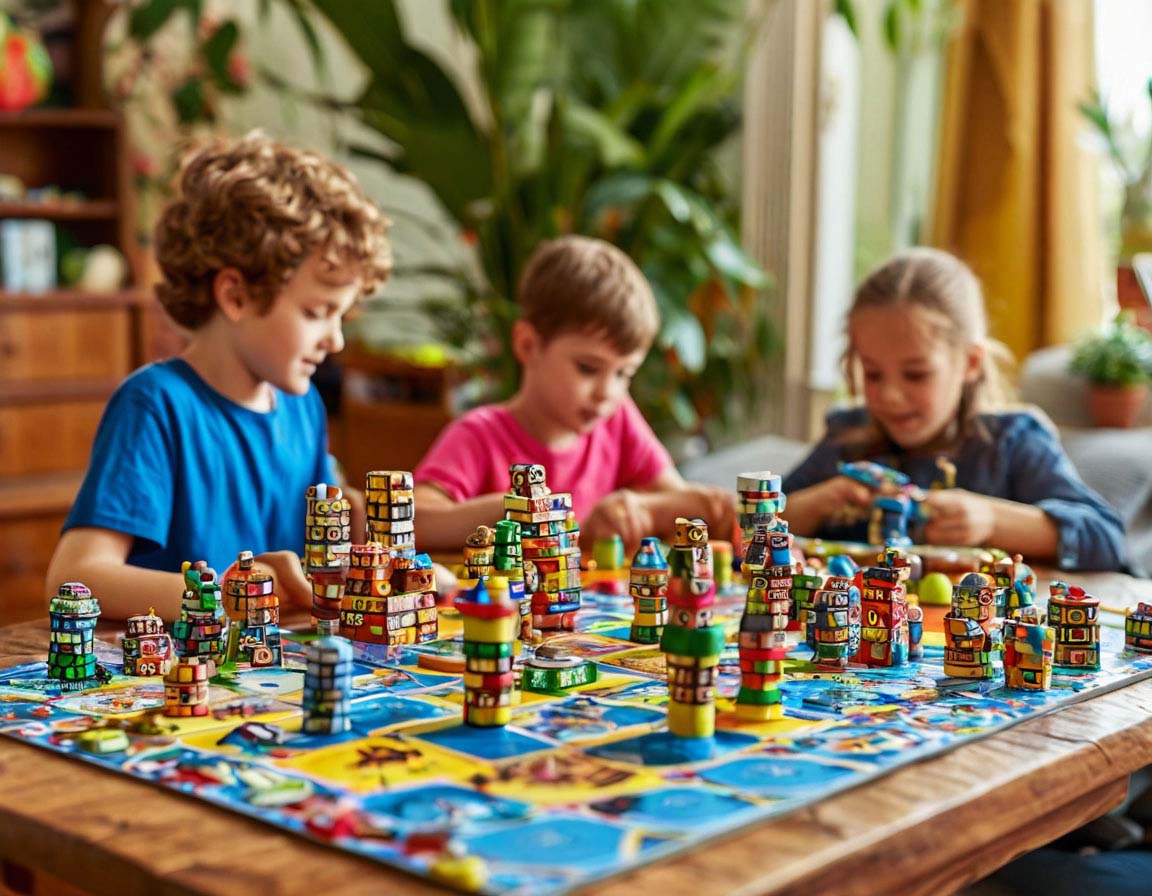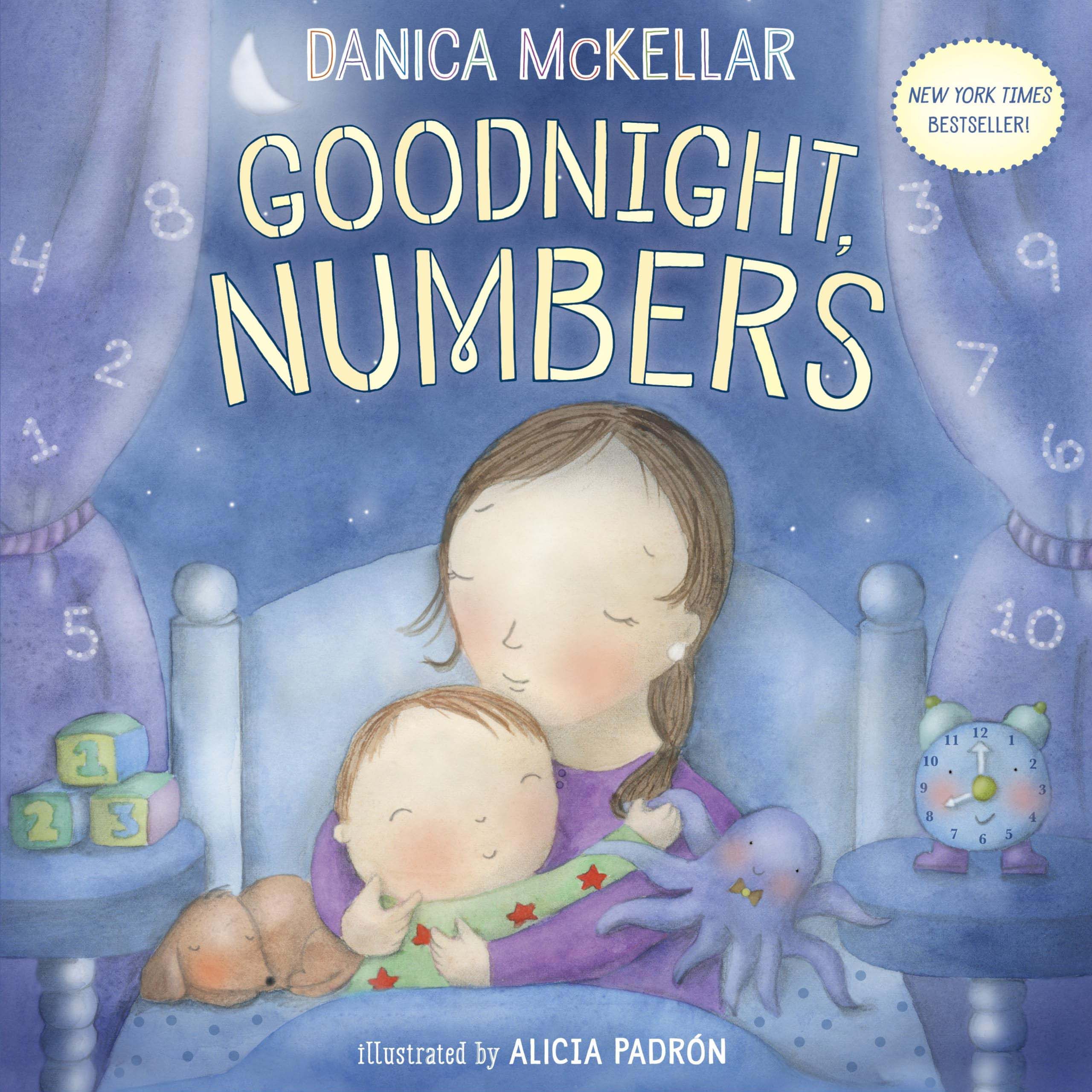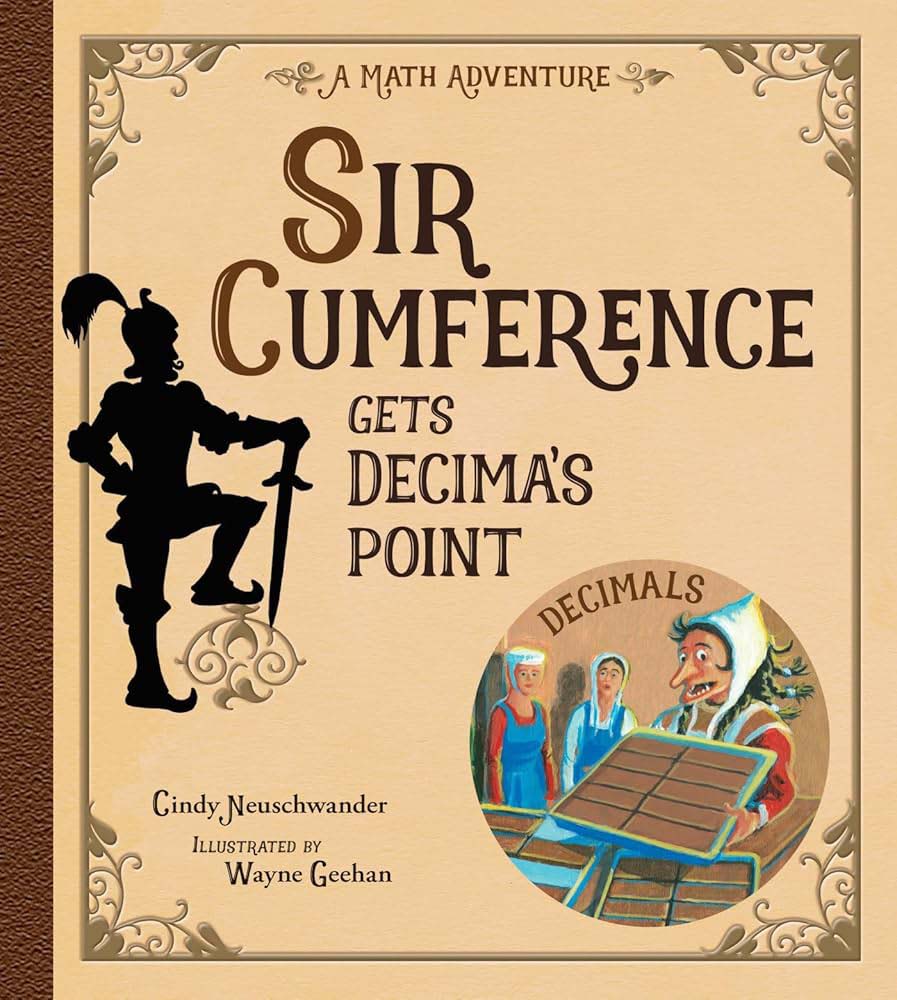6 Tips to Make Kids Fall in Love with Math: Inspiring a love of mathematics

For many parents, the phrase “math homework” can bring a sense of dread. But what if we could transform mathematics from a source of anxiety into an exciting adventure? Studies show a significant number of children develop math anxiety as early as first grade. The good news is that by inspiring a love for math from an early age, we can change this narrative.
This article shares expert-backed strategies to help your child develop a genuine love for math. We’ll explore how to ignite your child’s curiosity, connect numbers to the real world, and use engaging tools that turn learning into play. With these tips, you can help your child see math as something to enjoy, not a chore to endure.
Why Encouraging a Love for Math Matters

Math is so much more than numbers. It’s a foundational skill that enhances how children analyze, reason, and solve problems. When we encourage a love of mathematics, we’re not just preparing them for tests; we’re building their skills and confidence to tackle complex challenges in all aspects of life.
A strong appreciation for mathematics unlocks incredible opportunities in thriving STEM fields and creative areas like game design. Nurturing this connection early helps dismantle the fear that holds so many back, allowing students to develop the analytical skills needed for future success.
Tip 1: Cultivate a Growth Mindset
The first step in fostering a love for math is shaping how children perceive challenges. Dr. Carol S. Dweck, a leading researcher, states, “In a growth mindset, challenges are exciting rather than threatening… here’s a chance to grow.” A growth mindset helps children develop a positive attitude, giving them the confidence they need to persevere.
- Reframe Mistakes as Lessons: Help your child see errors not as failures, but as valuable clues. This approach builds understanding without shame.
- Celebrate Effort Over Perfection: Acknowledge their hard work above all else. Praising their persistence reinforces that effort is what truly matters.
- Use Encouraging Language: Instead of “You’re so smart,” try “You worked so hard, and it paid off!” When they’re stuck, offer reassurance: “I can see you’re putting in a lot of thought. Let’s take it one step at a time.”
Tip 2: Connect Math to Real Life

Math becomes meaningful when children see it in action. By linking abstract concepts to tangible experiences, you can spark a lasting love for mathematics.
Turn your kitchen into a lab to explore fractions, measurements, and ratio. A trip to the store can become a fun challenge: let them calculate totals or compare prices. These simple tasks sharpen their numeracy skills. Time is another fantastic tool. Ask questions like, “Practice starts at 4:30, and it takes us 15 minutes to get there. What time should we leave?” These connections help your child see mathematics as a practical, reliable tool.
Tip 3: Use Interactive Math Games and Technology
Learning doesn’t have to be limited to worksheets. Interactive games are a powerful formula to make mathematics fun while building essential skills.
| Activity Type | Examples | Skills Developed |
| Board Games | Games like Monopoly or Prime Climb | Number recognition, strategic thinking, and arithmetic |
| Puzzles | Sudoku, Tangrams, Logic Puzzles | Spatial reasoning, logical thinking, and pattern recognition |
| Digital Games | Prodigy, Minecraft (Education Edition) | Personalized practice, problem-solving, and gamified learning |
| Family Fun | Scavenger hunts with math clues | Mental math, estimation, and reasoning skills |
Tip 4: Engage in Creative Math Activities 🎨
Creativity can ignite a deep love for math by turning abstract ideas into hands-on projects.
- Build with 3D Shapes: Use LEGOs to explore geometry. It feels like play, but children are actively learning about shapes and spatial awareness.
- Create Mathematical Art: Introduce geometric patterns like tessellations or explore patterns in nature, like the symmetry in a leaf, to cultivate their understanding.
- Try Fun Math Tricks: Make numbers feel magical. Show them how to use their fingers to solve 9s multiplication tables or the “doubling and halving” trick. These shortcuts build confidence.
- Fold Paper Airplanes: This classic activity is a fantastic lesson in angles and aerodynamics. Challenge them to see which design flies the farthest and discuss why.
Tip 5: Celebrate Small and Big Achievements

Positive reinforcement is crucial for building a resilient and confident learner. When progress is acknowledged, it transforms mathematics into a source of pride. Celebrations don’t need to be elaborate. A high-five or sharing their success with family can be incredibly meaningful. Recognizing their effort helps kids learn to trust their abilities and builds the confidence and skills for future challenges.
Tip 6: Bringing Mathematics to Life: Recommended Resources
Math-themed children’s books and multimedia are fantastic tools for making abstract concepts relatable and exciting for young learners.
“Double Puppy Trouble” by Danica McKellar
This charming story introduces multiplication concepts through the adventures of a girl and her multiplying puppies, making math fun and relatable.

“Goodnight, Numbers” by Danica McKellar
A cozy bedtime book that helps young children recognize numbers and simple counting in everyday life, fostering early math skills.

“Sir Cumference Gets Decima’s Point” by Cindy Neuschwander
Part of the Sir Cumference series, this book explores decimal concepts through a medieval adventure, making math concepts accessible and entertaining.

“The Power of Snow” by Bob Raczka
This beautifully illustrated book uses the concept of snowflakes to introduce exponential growth, blending art and mathematics seamlessly.

FAQ – Supporting a Positive Math Experience
What is the best age to start teaching math concepts?
You can start from a very early age by focusing on foundational numeracy skills. For toddlers, this means counting toys, recognizing shapes, and sorting objects by color or size. These playful activities build a strong, positive foundation long before formal schooling begins.
My child says they hate mathematics. How can I change their attitude?
The key is to change their perception of mathematics as something rigid and difficult. Start by exploring math in their areas of interest. If they love art, explore patterns in nature. If they enjoy video games, discuss the logic behind the gameplay. This helps them develop a positive connection and changes negative attitudes towards the subject.
Are games like Minecraft really enough for learning mathematics?
While games like Minecraft are excellent for developing spatial reasoning and problem-solving abilities, they work best as a supplement to structured learning. They are a powerful tool to ignite interest and show practical applications, but a balanced approach that includes various methods is crucial for learning mathematics comprehensively.
I have my own math anxiety. How can I avoid passing it on to my child?
This is a very common concern. The most important step is to model a positive attitude. Avoid saying things like “I was never good at mathematics.” Instead, approach a challenging math problem with your child as a team. Frame it as a fun puzzle you can solve together, showing them that it’s okay to not know the answer immediately and that the process of figuring it out is what matters.
How can I help my child if I don't understand their algebra homework?
You don’t need to be an expert in algebra to help. Your role is to be a supportive guide. Encourage your child to explain the problem to you, which often helps them clarify their own thinking. Ask open-ended questions like, “What have you tried so far?” or “Where do you think you got stuck?” This approach helps your child build strong problem-solving habits independently.
How do I know if my child is learning best through visual, tangible, or logical methods?
Observe how your child plays and solves everyday problems. Do they love building with blocks (tangible)? Are they drawn to drawing and diagrams (visual)? Do they enjoy puzzles and figuring out rules (logical)? Children learn best when instruction aligns with their natural strengths. Experiment with different activities to see what resonates most.
